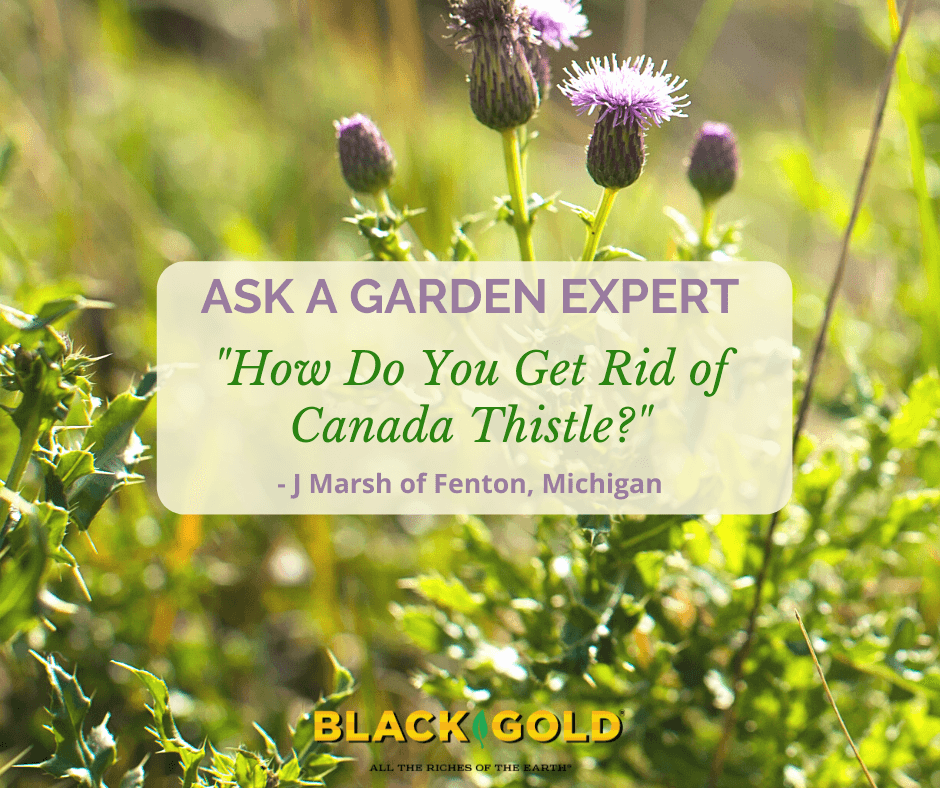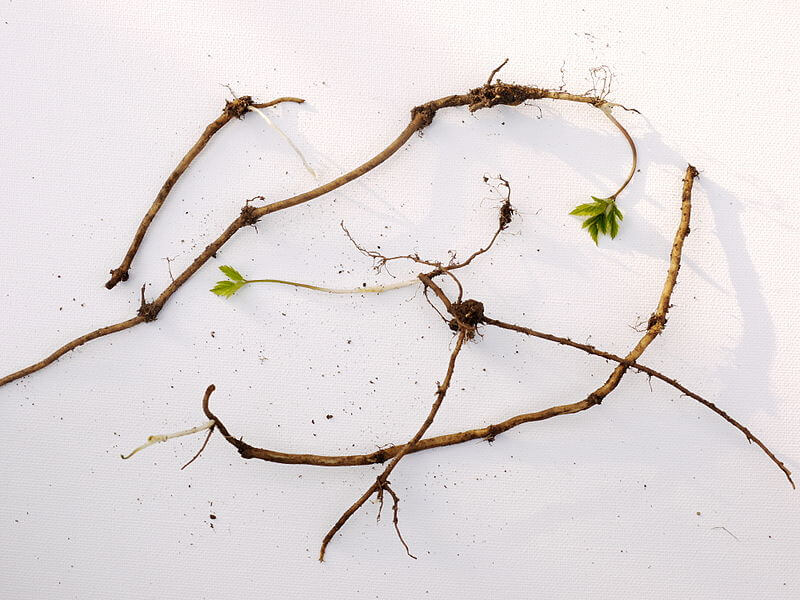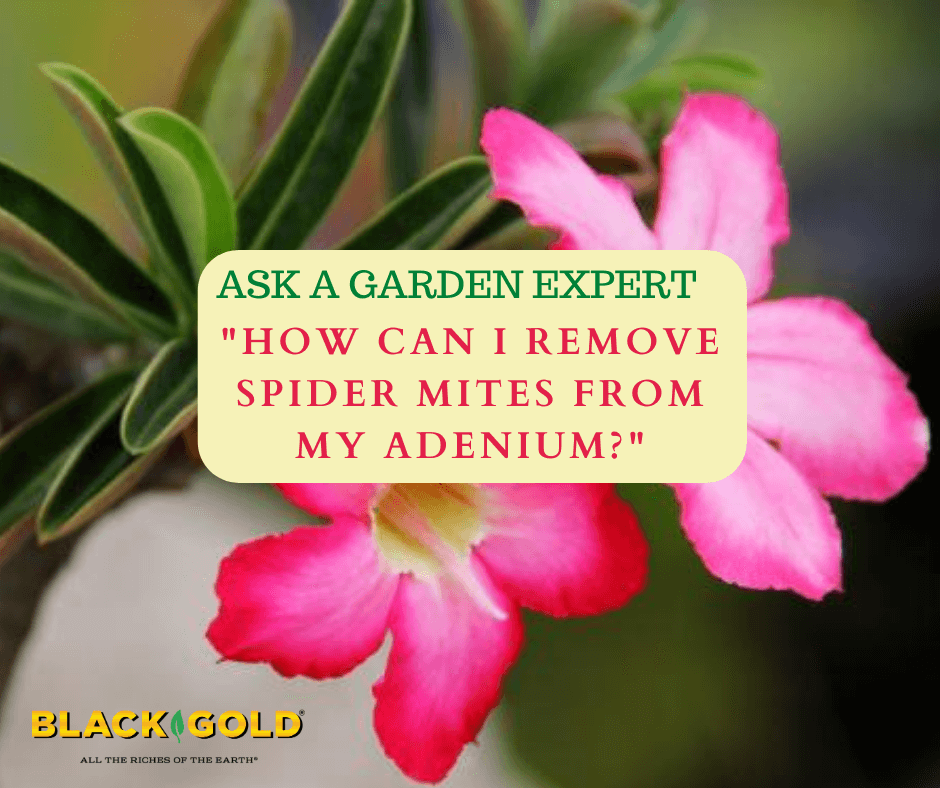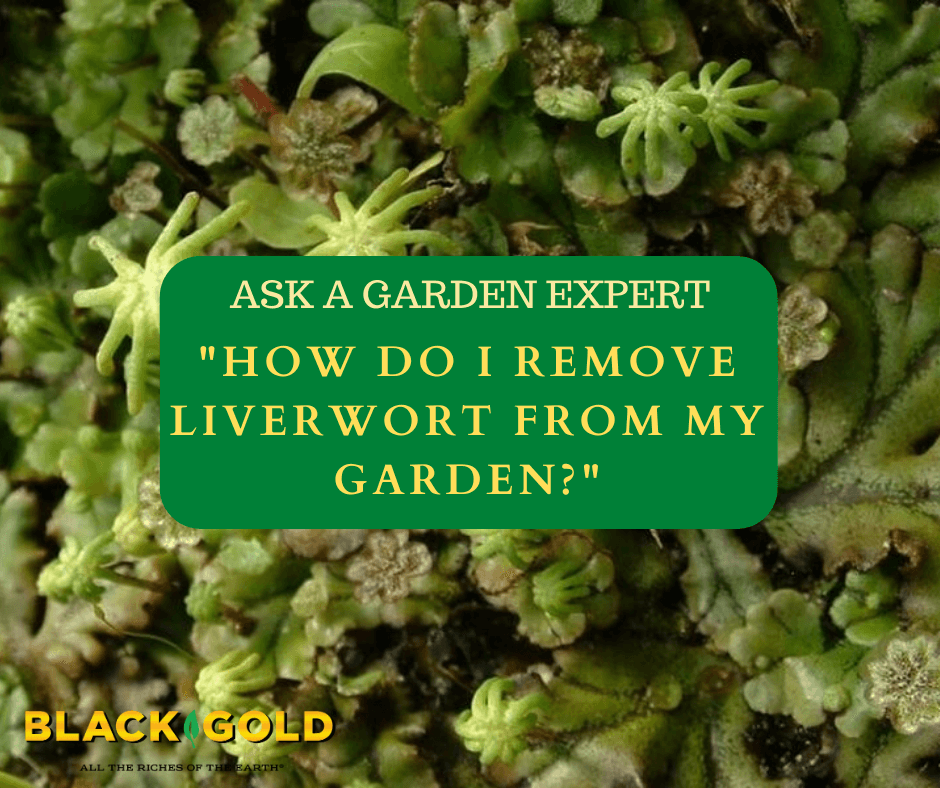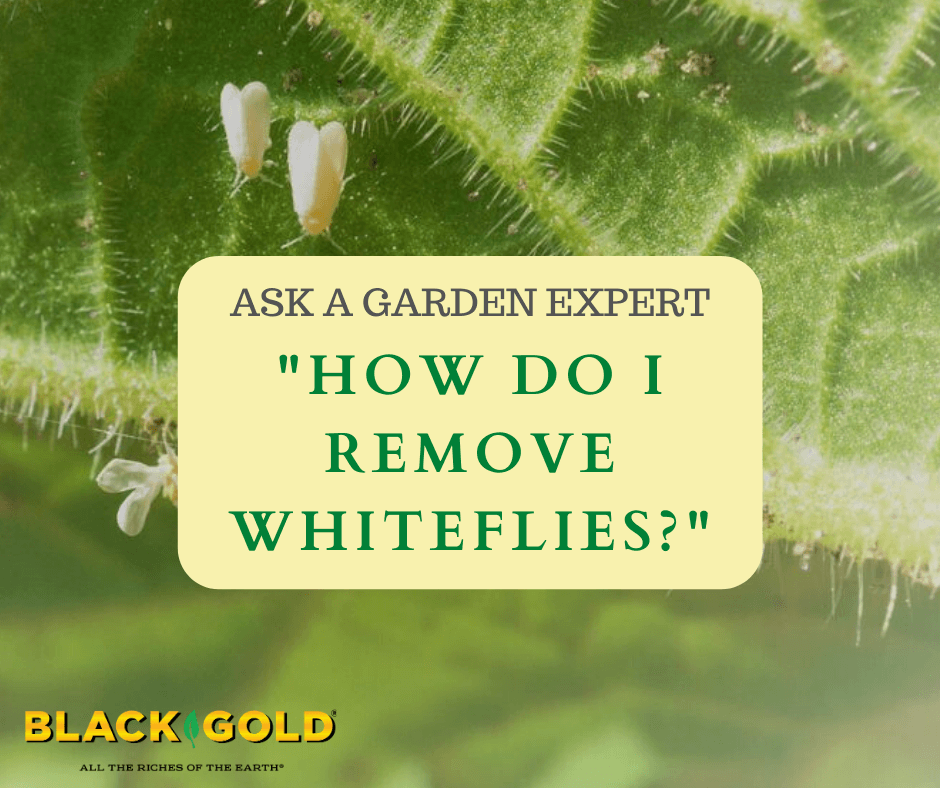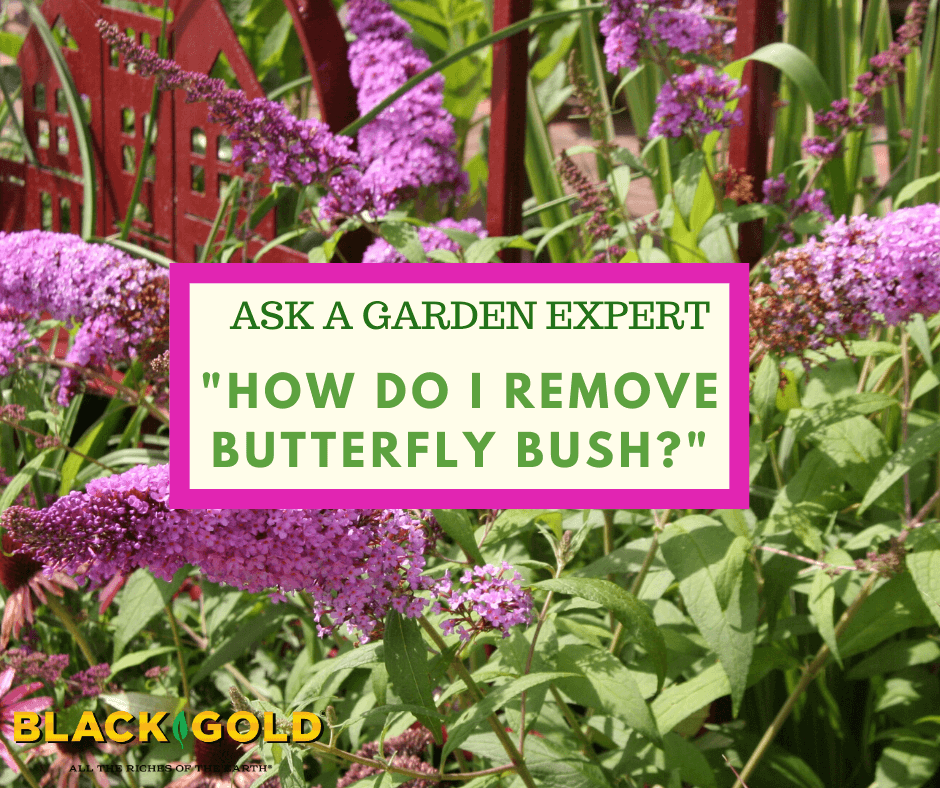“How does one get rid of [Canada] thistle?” Question from J Marsh of Fenton, Michigan
Answer: I am so sorry that you have this plant in your garden. Canada thistle (Cirsium arvense) is by far one of the worst of all garden weeds. It has painfully prickly foliage and produces lots of early summer flowers that produce copious puffy seeds that are distributed by wind and seed in everywhere. Once established, one plant can create a dense colony connected by rooting rhizomes that are impossible to dig out because they root several feet down. If you leave just one root piece, it might form a whole new plant. Canada thistle is also resistant to herbicides. Here are three ways to remove it.
Dig and Smother Canada Thistle
One of the best all-natural methods is smothering plants with weed cloth and mulch until they are gone. This one will also creep into the grass, so try to keep lawn specimens under control with broadleaf herbicide. You also don’t want to let this one go to seed anywhere near your yard or garden. Here are the steps that I recommend.
- Methodically dig out the underground runners. Gently loosen the soil around each with a trowel, following them until the growing points are reached and the roots are fully removed. If you keep even a small piece in the ground, it will regrow.
- If the runners are intertwined with perennial roots, dig up the perennials, and remove the thistle roots in full. (Before replanting, amend the soil with Fafard Premium Natural & Organic Compost for faster re-establishment.)
- To keep underground roots from returning in really infested areas, cover the area with mulch cloth and mulch it over. After a season, all parts should be smothered, and you can pull up the mulch cloth and resume gardening as usual.
Scorch Canada Thistle
Canada thistle wedged between pavers or sidewalks can be repeatedly torched with a weed blow torch or flamethrower. It is a useful method for difficult-to-reach weeds. Solarization is another method of heat-based eradication. Summer is the best time to solarize bed areas. To do it, mow or trim back weeds in the area and then simply cover the weedy space with an impermeable layer of thick clear plastic. Use landscape pins to hold it down. Keep it in place for eight weeks or more, until the weeds below have died. In theory, this method will kill plants to the root. (Click here for more details.)
Get a Professional to Use Professional-Grade Herbicides on Canada Thistle
I am generally not a proponent of heavy-duty herbicide use, but some weeds require it. If you choose this avenue, then I recommend having a professional do the work. The herbicides needed to kill thistle are quite toxic and not nice to handle. (Click here for a great info sheet for garden professionals.)
I hope that these tips help!
Jessie Keith
Black Gold Horticulturist


